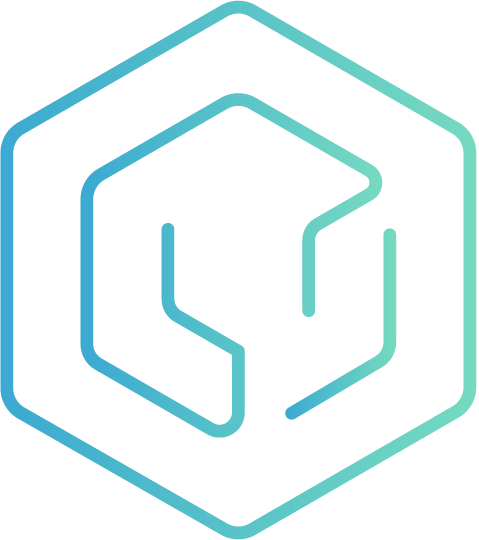In the arena of software development, every metric has its role to play. Among these, local build times hold a position that’s often undervalued. This critical performance indicator may have been sidelined as we transitioned to remote work. It’s time we bring it back into focus, explore its significant impact on the development process, and take action, as necessary, to improve it.

Engineer’s Perspective: The Hidden Slowdown
Imagine this scenario: you have top-tier coding skills, but they’re hampered by slow build times. It’s like having a state-of-the-art sports car but driving it in heavy traffic. We can all agree that faster build times are a key component in optimizing developer productivity. But why is this so? Let’s dive deeper.
As engineers, we should ask ourselves: are we conscious of how our local build times affect our work? Or have we just accepted a certain level of latency as part of the “new normal”? Are we unintentionally making compromises to get quicker feedback, like skipping tests? It’s time to put local build times under the microscope, measure them, and fine-tune them where necessary.
Management’s Viewpoint: The Chain Reaction
Now let’s switch gears to the management side. In the pre-remote work era, organizations invested heavily in optimizing network connectivity for smooth operations. When COVID-19 shook up the work landscape, the focus naturally shifted to making remote work functional. Amid this shift, the impact of network latency on build times might have been overlooked.
Slow build times can lead to a chain reaction that disrupts the entire software development lifecycle. Developers who try to compensate by skipping tests can make code merges and integration longer and costlier. The fallout isn’t just limited to developer satisfaction—it directly impacts the software’s cost and quality.
The Way Forward: Measure to Manage
So, what’s the next step? Simply put: we need to get back to measuring local build times. As management guru Peter Drucker aptly said, “You can’t improve what you don’t measure.” This doesn’t require a big overhaul; a simple script or a build plugin will suffice.
In conclusion, it’s high time we put local build times back in focus. This isn’t just about faster feedback or better code. It’s about acknowledging that we may have neglected a crucial aspect of developer productivity in our shift to the ‘new normal’ of remote work.
Whether you’re an individual developer or a management team member, it’s time to revisit local build times. Let’s measure, optimize, and understand their crucial role in our software development process. It’s not just about adapting to the new normal—it’s about optimizing it.
Next Step
A great way to measure local build times and access the needed data and information to improve it is by running a Build Scan®. The Build Scan service is a core capability of Develocity. You can try it now and get results back in 30 seconds by using the free service. Check it out.

 DPE University
DPE University